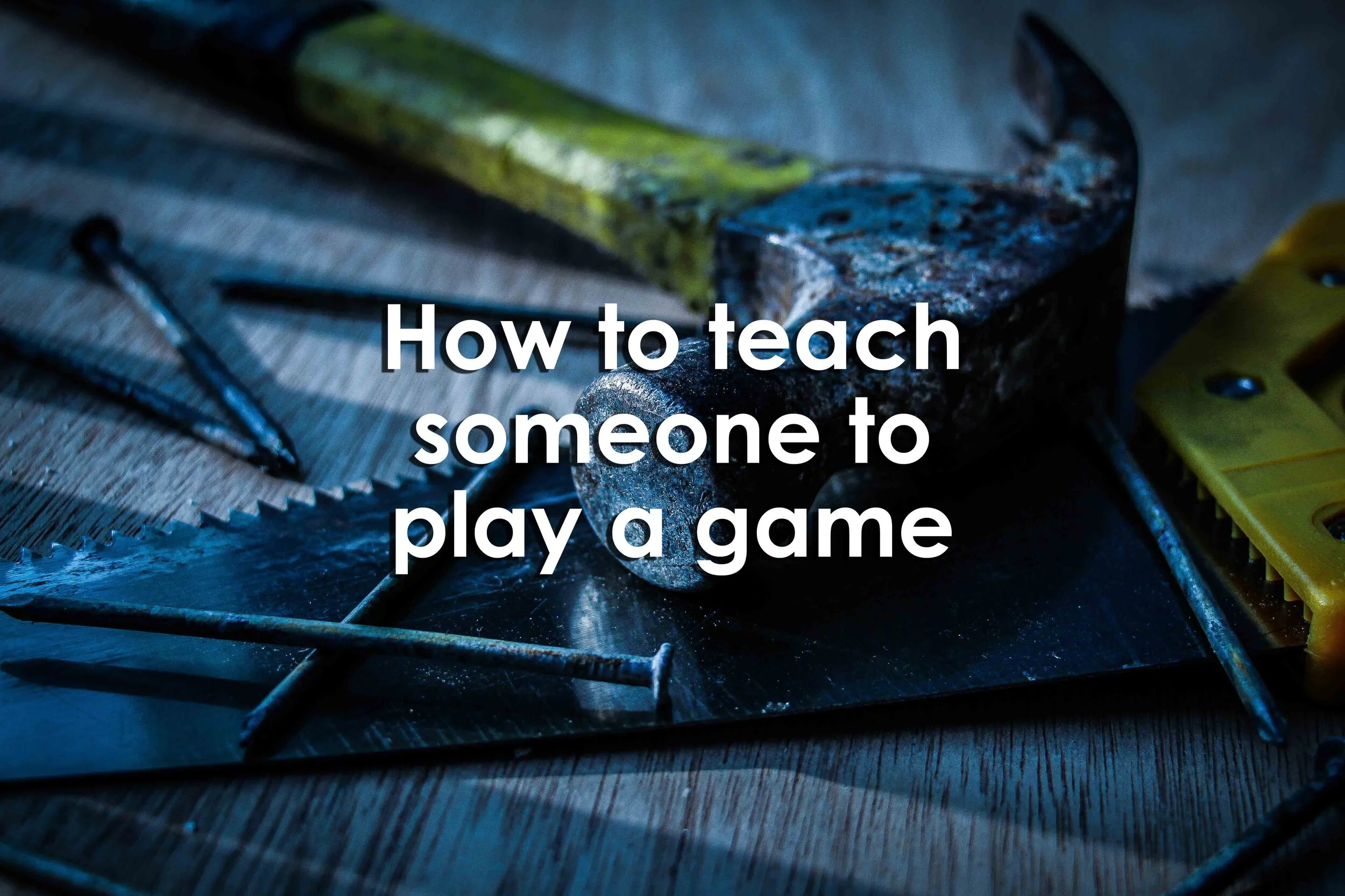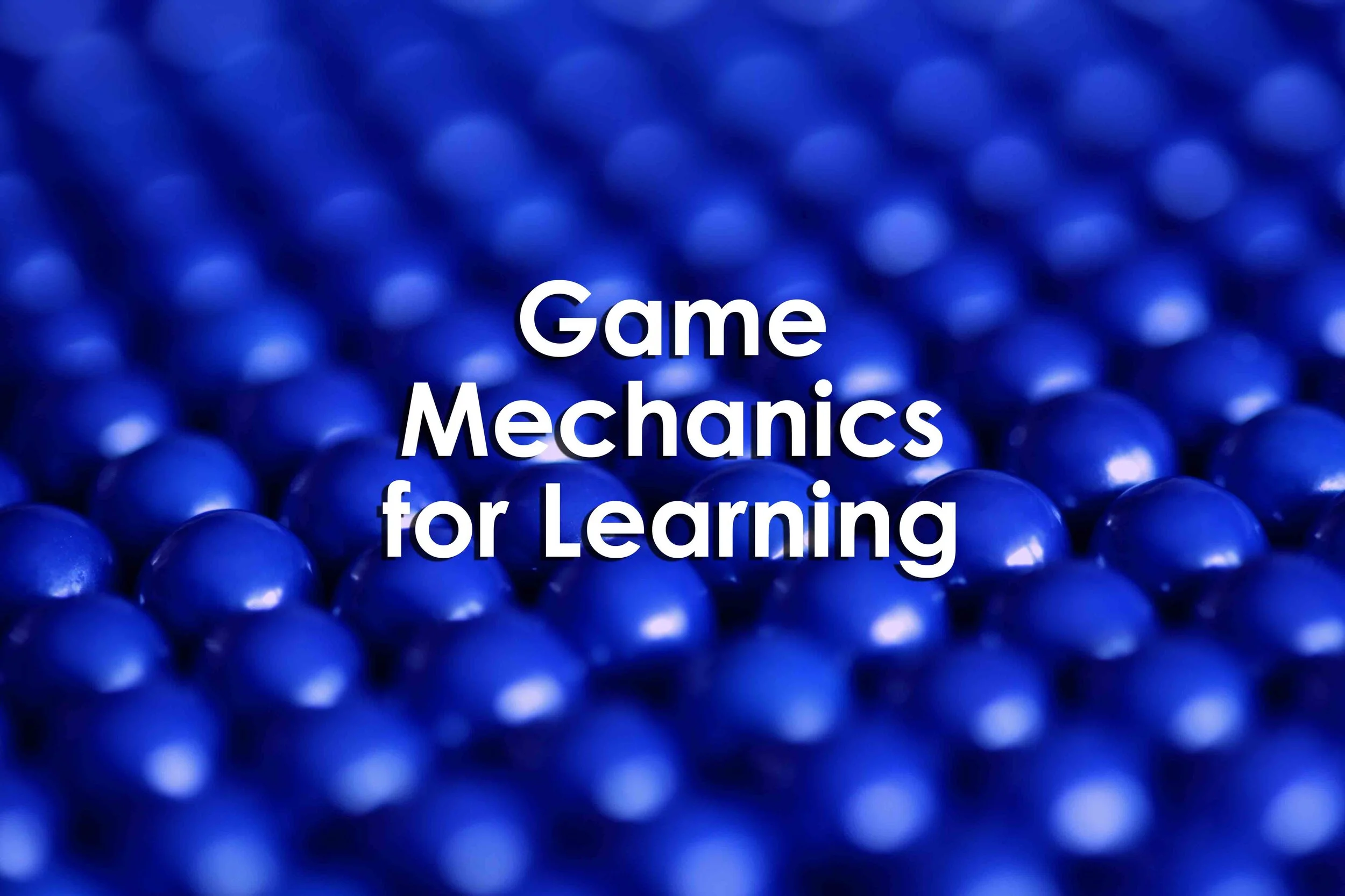This article provides an overview of how you can teach someone to play a game. It describes game literacy as a starting place for helping someone learn how to play a new game. Often, the game that you select should work well for player types, tastes, and experiences.
Read MoreThis article will examine game mechanics as an educator applying games-based learning. The structure of mechanics, how they are used, and the purpose of the “core loop” of games will be examined. Specific game mechanics used in gamification and games-based learning will be reviewed. Those mechanics include goals & objectives; progress & competency; feedback; and rewards. The relationship between game mechanics and goals will be examined in relationship to the player experience. Creating relatable content that applies directly to learners experiences is recommended. Lastly, playtesting will be discussed as a way to validate game mechanics for learning.
Read MoreThis article will review game rulebooks in depth. It will cover the purpose of your rulebook; striking a balance in your structure; and the process of writing and revising the rulebook. The structure of the rulebook will be covered from different sections including statistical information, components, theme, overview, setup, core loop, and game end.
Read MoreThis article outlines what a core loop is as well as provides direction in its design. Examples of core loops are provided as well as some fatal mistakes to avoid in the design process.
Read More



